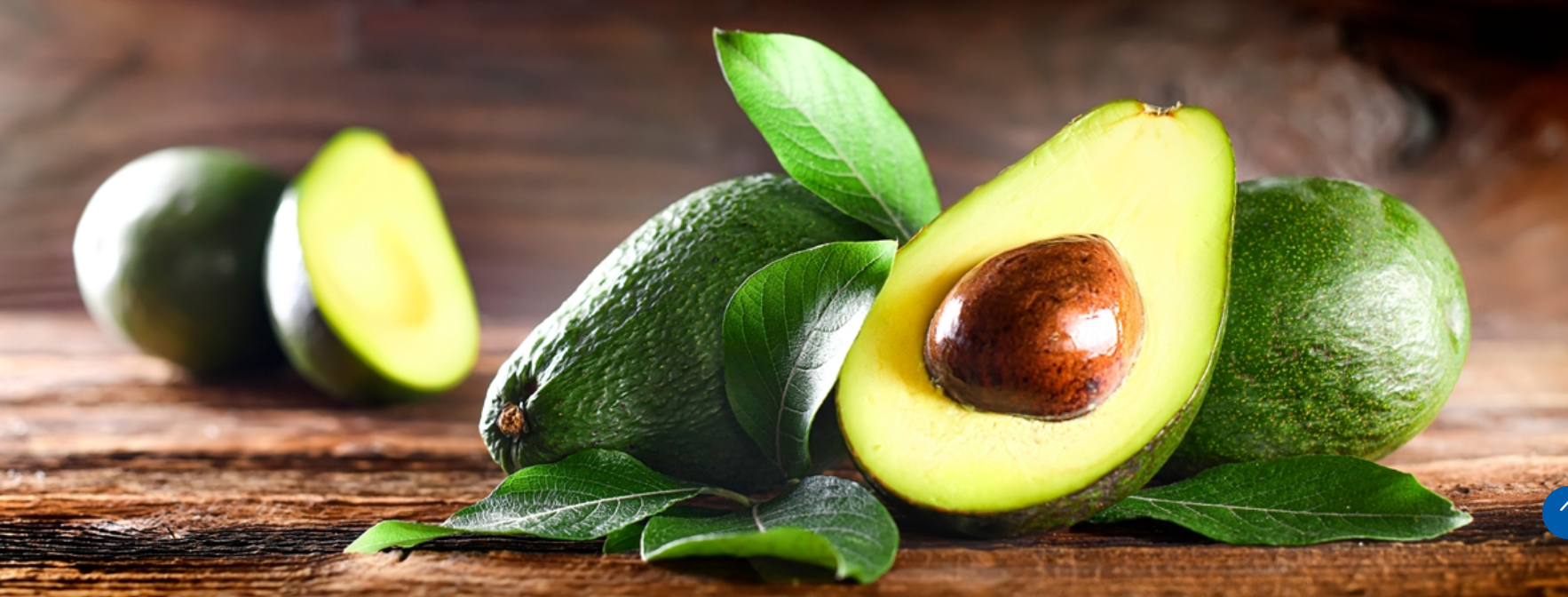Avocado is one of the most loved fruits because of its creamy feature and the great amount of healthy fat in it. Not only is it delicious when it comes to salads and sandwiches, but it’s also very rewarding to grow avocados. If you think to start an avocado farm or are interested in how people grow avocados, this guide will walk you through the basic farming process.
Understanding Avocado Farming
Avocados grow on trees, and they need the right conditions to thrive. Here are the necessary processes of avocado farming.
1. Choosing the Right Variety
First, choose the right avocado variety for your area. There are different types, like the popular Hass, Fuerte, and Bacon. Each variety of avocados has different qualities and growth requirements. For example, Hass avocados are known for their creamy texture and rich flavour, while Bacon avocados have a milder taste. Make sure to select a variety that suits your climate.
2. Preparing the Soil
Avocado trees need well-draining soil to grow properly. They do not like sitting in water, so good drainage is crucial. Before planting, test your soil to make sure it has the ideal pH level between 6 and 7. If your soil is heavy clay, mix in some sand or organic matter to improve drainage.
A good tractor can make all the difference when it comes to land preparation. The Swaraj tractor is a good option for this. It efficiently prepares the soil in such a manner that your ground gets ready for planting.
3. Planting Avocado Trees
You can start avocados from seeds or buy young trees from a nursery. If you’re starting from seeds, it’s a bit of a wait. Seedlings need about 6 to 12 months before they’re ready to be planted outside. However, buying a young tree from a nursery can save you time and provide a head start.
When planting, dig a hole that is twice as wide and just as deep as the root ball of the tree. Place the tree in the hole and backfill it with soil. Water the tree thoroughly after planting to help it settle in.
4. Watering and Fertilizing
Avocado trees need regular watering, especially when they’re young. Water the tree deeply but avoid overwatering, as this can lead to root rot. In the early stages, it’s best to water once a week. As the tree grows, you may need to water less frequently.
Fertilizing is also necessary. One should use a balanced fertilizer that contains nitrogen, phosphorus, and potassium. Fertilize the tree every few months, following the instructions on the fertilizer package. Also, they should avoid using too much fertilizer, as it harm the tree.
5. Pruning and Training
Pruning helps avocado trees grow strong and healthy. Growers should remove any dead or diseased branches to keep the tree in good shape. Also, they should prune the tree to maintain its shape and size, especially if you want it to fit a particular space. One should regularly prune the trees to improve air circulation.
6. Pollination
Avocado trees have unique flowers that need cross-pollination to produce fruit. They have both male and female flowers, but they don’t open at the same time. This means you may need multiple avocado trees to ensure good pollination.
7. Protecting Against Pests and Diseases
Watch for pests like aphids and mites, and control them with insecticidal soap or neem oil. Prevent diseases like root rot by ensuring good drainage and avoiding overwatering.
8. Harvesting Avocados
Avocados take time to mature. The right time from flowering to harvest can be anywhere from 6 to 18 months, depending on the variety. Avocados do not ripen on the tree; instead, they mature and then ripen after being picked. To harvest, one should gently twist the fruit off the tree or use pruners to cut it from the stem.
To check if an avocado is ready to eat, press it gently. If it yields to gentle pressure, it’s ripe. If it’s still hard, let it ripen at room temperature. Once ripe, avocados can be stored in the refrigerator to extend their freshness.
For harvesting, tractors like the Mahindra Tractor can be very useful.
9. Post-Harvest Care
After harvesting, it’s important to handle avocados carefully to avoid bruising. One can store them in a cool, dry place if you plan to eat them soon. For long-term storage, keep them in the refrigerator.
For post-harvest handling and management, the Powertrac Tractor can be a great asset. This will also make sure that they reach their destination in the best possible condition.
The Final Words:
Growing avocados is quite a rewarding and productive venture. With the following easy ways of avocado cultivation, that is, variety, soil preparation, planting, watering, fertilizing, pruning, and management of pests, the fruits will be outstandingly delicious. The farming process will be quite easy and effective with all the equipment at hand. So, get started and enjoy growing your very own avocados.



